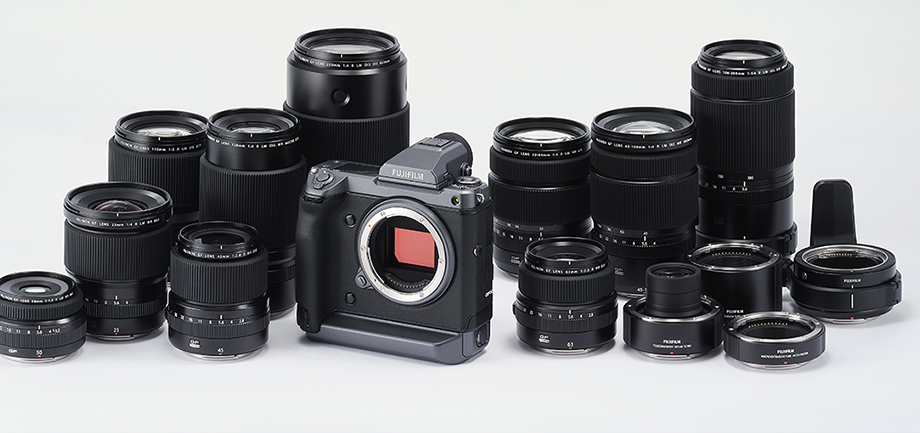
I have long been a fan of Jim Kasson’s work at the Last Word and he has already started his analysis of the Fujifilm GFX100. If you’re into the scientific aspects of photography then there is no finer blog in my opinion, but the reading can be challenging at times if you do not have a scientific background.
GFX 100 questions – Jim has started by compiling some questions that he hopes to answer when he gets the GFX100. Below are a few of the ones that also interest me, but Jim has a lot more on his site and he’s always adding.
- How is the weight and the ergonomics
- Is the new sensor similar to 44×33 of the Phase One 150MP
- Will the PDAF pixels affect image quality
- Do all of the lenses benefit from the extra resolution
- How fast/accurate is the AF
- Will removing the dials be acceptable (I’m more than a little upset they are gone now)
- How good is the EVF and peaking with the additional resolution and magnification
- Is silent shutter useful
- IBIS performance
- 14-bit vs 16-bit RAW
Fuji GFX 100 pulchritude, or lack of it – This post talks about the look of the camera and why no one should really care about the look of a camera. I agree with him, but I do want the dials back. I am hopefully Fujifilm will release another GFX with dials soon, because I hate not having them.
Bill Claff’s GFX 100 analyses – Going over Photons to Photos initial results which we posted here. He points out that the GFX100 probably uses analog gain higher into the ISO range than the GFX50S does, but we will have to wait and see because Photons to Photos preliminary results are often slightly flawed. The GFX50 uses analog gain until 1600ISO and then uses digital gain beyond. In Jim’s opinion, you probably shouldn’t push the GFX100 beyond 2,500 ISO and instead should push your images in your RAW editor based on the preliminary Photons to Photos results. The results also make him wonder if the GFX100 sensor and the IQ4 150 sensor use the same design.
Format size and image quality – Discussing a variety of sensor sizes and the theory of equivalency
What are the limits of equivalence? You need the following to all be true:
- Same resolution in pixels across all formats compared.
- Full well capacities the same in all formats compared.
- Same color filter array (CFA) performance across formats
- Ideal lens designs only.
Netting it out
- For IQ, size matters, and bigger is better
- But bigger is heavier and more expensive, too – and therefore less popular – and niche markets aren’t where you’re likely to find price/performance stars.
- Once an image is good enough for its intended use, there is little point in making it better, especially if doing so involves large amounts of cash and great inconvenience.
- There is no magic.
On-sensor PDAF misconceptions – Sony and Nikon have some PDAF imaging issues that would be considered serious on a 10k camera so what does Jim think about the GFX100’s chances of avoiding them? First, it’s important to understand that PDAF striping and PDAF banding are very different things. PDAF striping doesn’t always happen and it’s pretty easy to just take a second photo to avoid, but PDAF banding is far worse because you can find it when bright elements and deep shadows exist together and the shadows are pushed. Banding happens more often than striping and we only saw it for the first time in Nikon mirrorless cameras because they were trying to correct banding. These flaws can be corrected for though, but a 10k camera shouldn’t have them.
Follow Fujiaddict on Facebook, Twitter, Instagram, and YouTube
Fujifilm GFX News, Rumors, and Collaboration
Fujifilm GFX Owners Group
Fujifilm GFX Page
